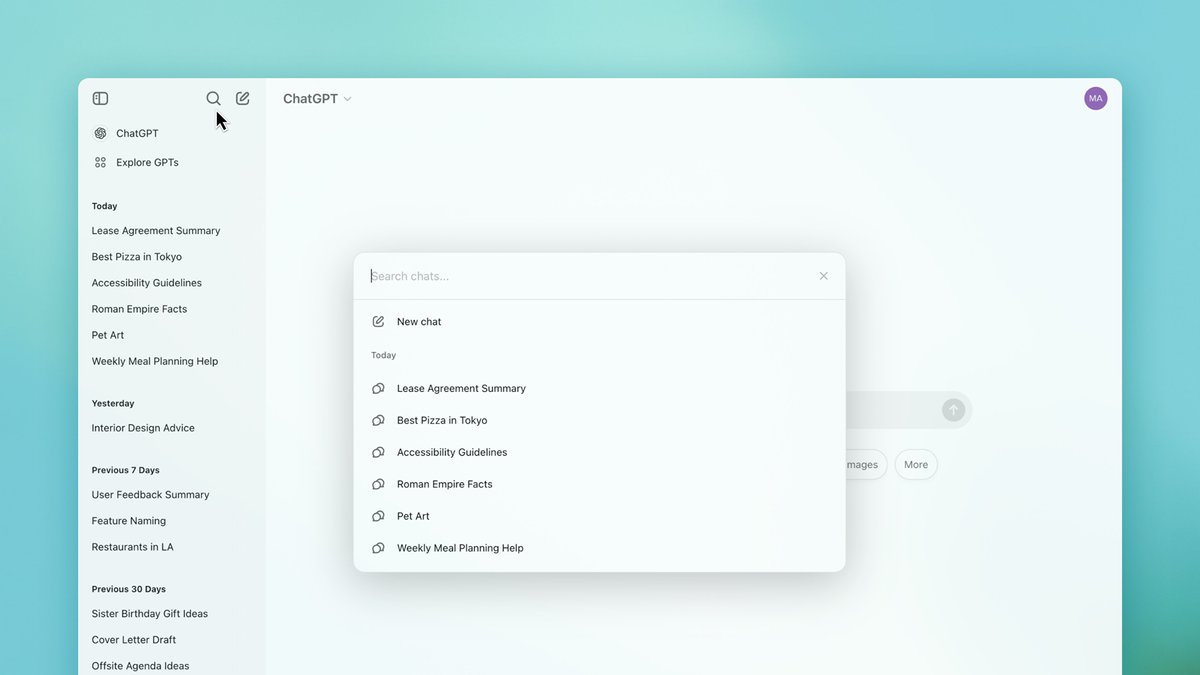
When I was a kid living near Grantsville, West Virginia, a few neighbors were into amateur ham radio. I found their analog electronics and antennas and their mastery of Morse code fascinating.
They were into it because they talked with people thousands of miles away, played with tech, and knew they could help people in an emergency. Decades later, the tech has changed; you no longer need to know Morse code, but people are still out there in all kinds of weather, helping others when there's a disaster.
Also: When a hurricane hit my mountain home, the disconnection shocked me
In the aftermath of a catastrophe, ham radio operators play a vital role in relaying messages between disaster victims and their concerned friends and family members. These skilled volunteers use their equipment to establish communication networks, often when cell towers are down and internet access is unavailable.
Hams don't just connect individuals -- they also help coordinate large-scale relief efforts. They provide critical information to emergency management officials and help direct resources to where they're needed most.
Also: 5 hurricane-tracking apps I rely on as a Floridian tech pro - and which one is my favorite
Although hams are "amateurs" at establishing and maintaining communication links between agencies and networks in disaster-struck areas, they're actually pros.
You see, hams don't just spring into action during emergencies. They undergo regular training and participate in drills to ensure they're prepared for disasters. The biggest drill is the Amateur Radio Emergency Service (ARES) Field Day.
In an age of advanced technology, ham radio remains a reliable backup when other systems fail. Armed with their skills and battery-powered radio equipment, operators stand ready to provide a vital service, ensuring that in times of crisis, communication lines remain open and help can reach those who need it.
Ham radio operators use a variety of radio bands to communicate over long distances, allowing them to reach areas far outside the disaster zone. This enables them to relay messages and information when local infrastructure is down.
Also: This wearable solar panel charges all your devices and weighs less than a MacBook
In a disaster, ham radio operators create self-organized networks to relay messages in and out of affected areas. In the United States, they're regulated by the Radio Amateur Civil Emergency Service (RACES).
Many hams also complete Federal Emergency Management Agency (FEMA) National Incident Management System (NIMS) and Incident Command System (ICS) courses to work effectively with emergency management communication frameworks. In addition, some hams take National Weather Service (SKYWARN) storm spotter training to provide accurate severe weather reports. Finally, there's Auxiliary Communications (AUXCOMM) training to integrate hams into local emergency operations centers.
Armed with their gear and training, hams create "traffic nets" or "nets" to pass information about victims, supplies, and damage reports to authorities and family members outside the disaster zone. These nets have designated frequencies, schedules, and procedures to relay messages and information efficiently. Hams may also be assigned to operate from emergency operations centers, shelters, hospitals, and other critical sites to provide communications.
Operators use standardized message formats and procedures to transmit information accurately. This includes formal message forms, phonetic alphabets, and protocols for relaying messages between stations. Emergency traffic takes priority over routine communications. Hams use a system of message precedence (Routine, Priority, Immediate, Flash) to ensure traffic flows smoothly.
Also: Starlink's Hurricane relief offer is not quite as free as advertised
Operators often check into designated nets or report to pre-assigned locations during a natural disaster. No one calls these operators out to get to work. They're expected to report to nets or assigned stations and get on the air.
Many emergency management agencies have formal agreements or memoranda of understanding with amateur radio organizations. This allows for coordinated planning and response.
Want to help the next time a hurricane comes your way? You can start your road to becoming a ham by studying ham radio concepts, terminology, and regulations using resources such as the ARRL Technician Class License Manual. You'll then, in the US, need to pass the FCC Amateur Radio License Exam.
You'll also need to purchase a beginner-level transceiver, such as the Baofeng UV-5R, a compact handheld radio scanner transceiver providing four watts in the UHF/VHF frequency ranges. If you get seriously interested in the hobby, you can buy a mountain of equipment from companies like Ham Radio Outlet. You can also often purchase good-quality used gear from hamfests, get-togethers of other radio enthusiasts, and local clubs.
Also: How to use Android's emergency satellite texting if you lose cell signal
I also highly recommend you connect with a local ham group. They can help you get up to speed faster than any other way. Members can also help you master ham jargon, which can be confusing.
And, on that note, 73 SK.

 2 weeks ago
8
2 weeks ago
8



:quality(85):upscale()/2023/09/21/802/n/1922729/d9a11ce9650c8850437280.00070284_.jpg)
:quality(85):upscale()/2024/10/30/955/n/42301552/28e49c1e6722ab5b973b38.46745005_.jpg)

:quality(85):upscale()/2024/10/30/711/n/1922441/c62313206722590ade53c4.47456265_.jpg)

 English (US) ·
English (US) ·